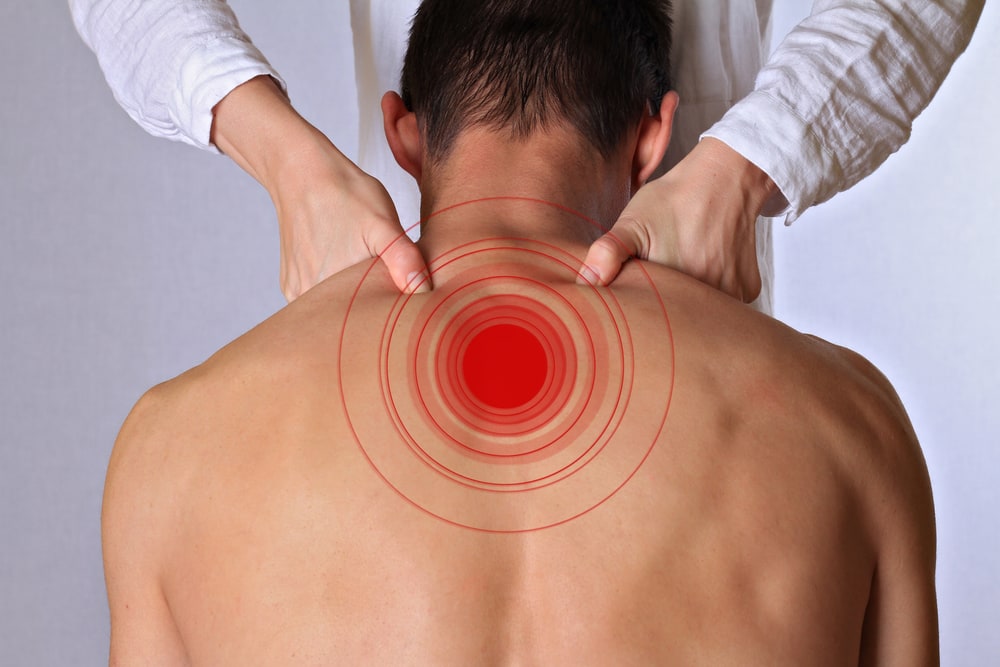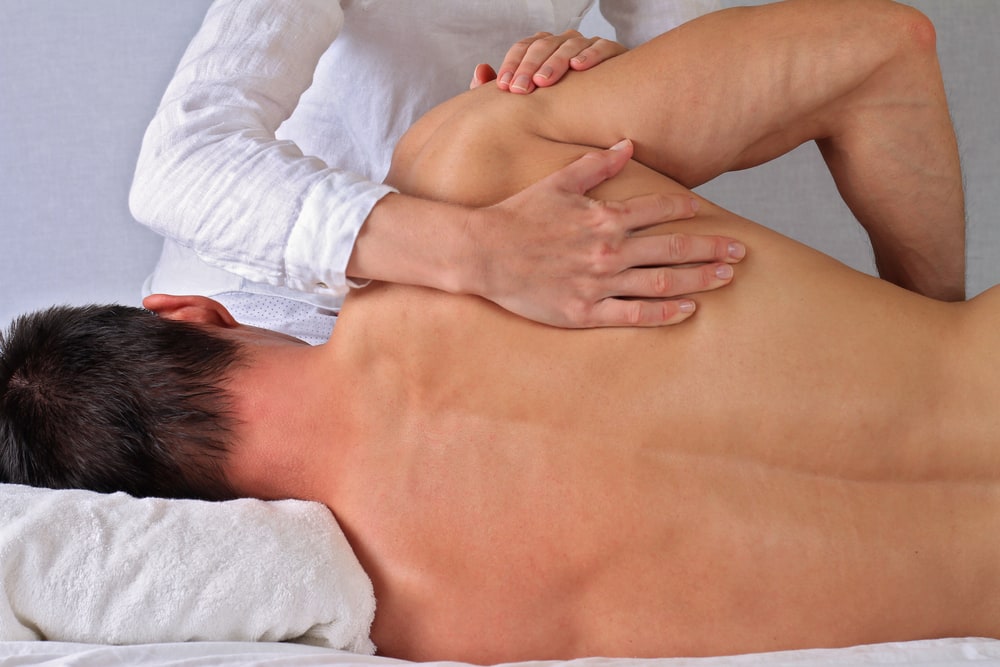After you suffer from a high-impact tissue, joint or muscle injury, your body may experience serious consequences. In addition to a limited range of motion, your muscles may also have a limited range of motion. To keep the rest of the body fully functional, many doctors prescribe manual therapy as the ideal course of action. Manual therapy is the umbrella term used to describe any technique performed with the hands to heal these tissue and muscle injuries.

What is Manual Therapy?
Depending on the circumstances, manual therapy can mean many different things. In the context of physical therapy, manual therapy is any technique that utilizes nimble manipulation with the hands.
In fact, most people have experienced manual therapy without necessarily knowing it. Most massage therapists do not have the training that medical doctors have, but do engage in manual therapy on a daily basis. Similarly, anyone who has received chiropractic adjustments such as instrument-assisted adjustment and trigger point therapy has also received manual therapy.
Manual Therapy Techniques
Before applying a particular manual therapy technique, the physical therapist will inspect the affected area to determine the best course of action, and ensure that there are no unwanted side effects of the treatment. By applying the selected technique, the physical therapist can reduce pain in both scars and joints, improving the range of motion. In many cases, manual therapy can complement back exercise for optimal pain relief.
Soft Tissue Mobilization
After suffering an injury or causing muscle aggravation, muscle tension can lead to extreme discomfort. Even after the range of motion is restored, spasms can persist. To eliminate this discomfort, we use a technique called soft tissue mobilization.

To apply this technique, a specialist at Farmingdale Physical Therapy will apply deep, consistent pressure with a rhythmic pace. By identifying the area with the most significant tissue restriction, the physical therapist can apply pressure to the localized area. Ultimately, the goal of soft tissue mobilization is to break up myofascial adhesions, such as scar tissue, and inelastic/fibrous muscles. Doing so will restore mobility to the muscles, move tissue fluids, and ease tension.
Strain-Counterstrain
Applicable to injuries ranging from minor sports injuries and ankle sprains to chronic conditions, strain-counterstrain is a gentle, popular technique. When patients who cannot tolerate the pain of more aggressive techniques, such as young, old or pregnant patients, need attentive care, strain-counterstrain is a common and effective technique.
A specialist from Farmingdale Physical Therapy will implement this technique by guiding the patient to position him or herself in various comfortable poses. After holding this comfortable position for at least 90 seconds, the patient will return to a normal seated position. Doing this consistently helps the patient to ease painful reflexes, while also increasing the range of motion and eliminating potential pain. This technique is ideal for patients with acute issues that cannot be addressed with other techniques. The strain-counterstrain approach is a permanent fix, rather than a temporary source of pain relief.
Joint Mobilization
Often, the low-impact recovery approach that many physical therapists prescribe does not lead to a lasting recovery. The loss of a full range of motion leads to, among other things, consistent pain. Joint mobilization is a technique that seeks to address and eliminate this pain by restoring the full range of motion.
To properly perform joint mobilization, the Farmingdale physical therapist will test the surrounding tissue to determine the ideal treatment location. By placing significant pressure on the designated area, and adjusting the speed, the physical therapist can loosen the muscles and relieve pain. Throughout the treatment, he or she will adjust the intensity and speed of the thrusts based on patient input.
Muscle Energy Techniques
Over time, postural muscles that give shape to one’s form can shorten, resulting in an increasingly unhealthy posture. Muscle Energy Techniques are used to mitigate the effects of this process, and limit pain.

To perform muscle energy techniques, the physical therapist must exercise caution and discretion. First, the physical therapist will instruct the patient to flex their muscles. Then, the physical therapist will apply pressure to this muscle, with a precise and deliberate location and direction. The physical therapist will then move to a different area, further along the muscle. This technique is generally not painful, primarily because the individual is involved in the process.
High Velocity, Low Amplitude Thrusts
This aggressive approach to manual therapy emphasises the motion of the joint. In seeking to improve the gliding functionality of the joints, the physical therapist will thrust past the restrictive barriers of the joint. By thrusting with great force, the physical therapist will help increase mobility, and relieve pain.
Contact Us
If you have experienced an injury that resulted in muscle discomfort, then manual therapy is the right choice for you. Our experienced staff can help relieve this pain, positioning you for a more comfortable and pain-free lifestyle.

